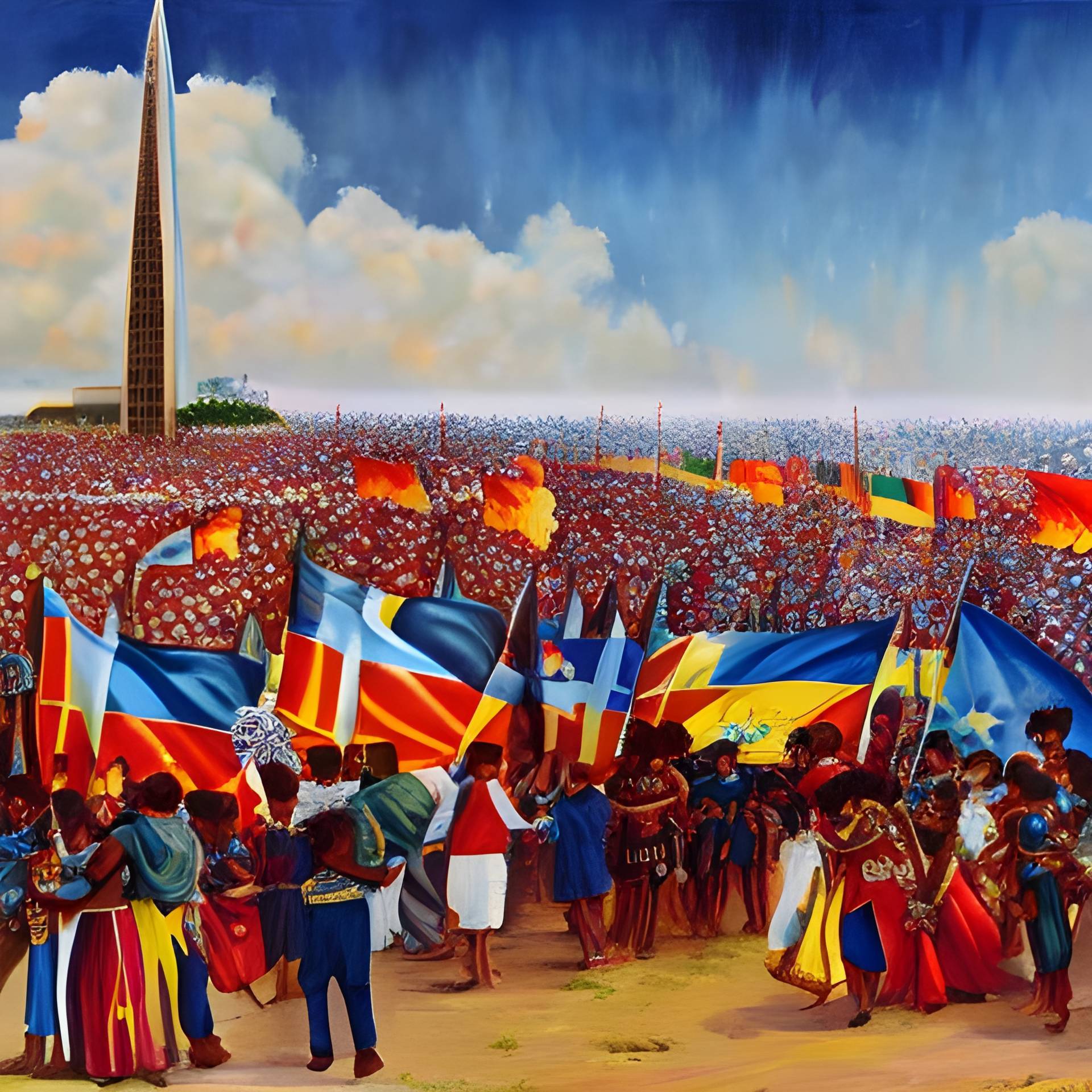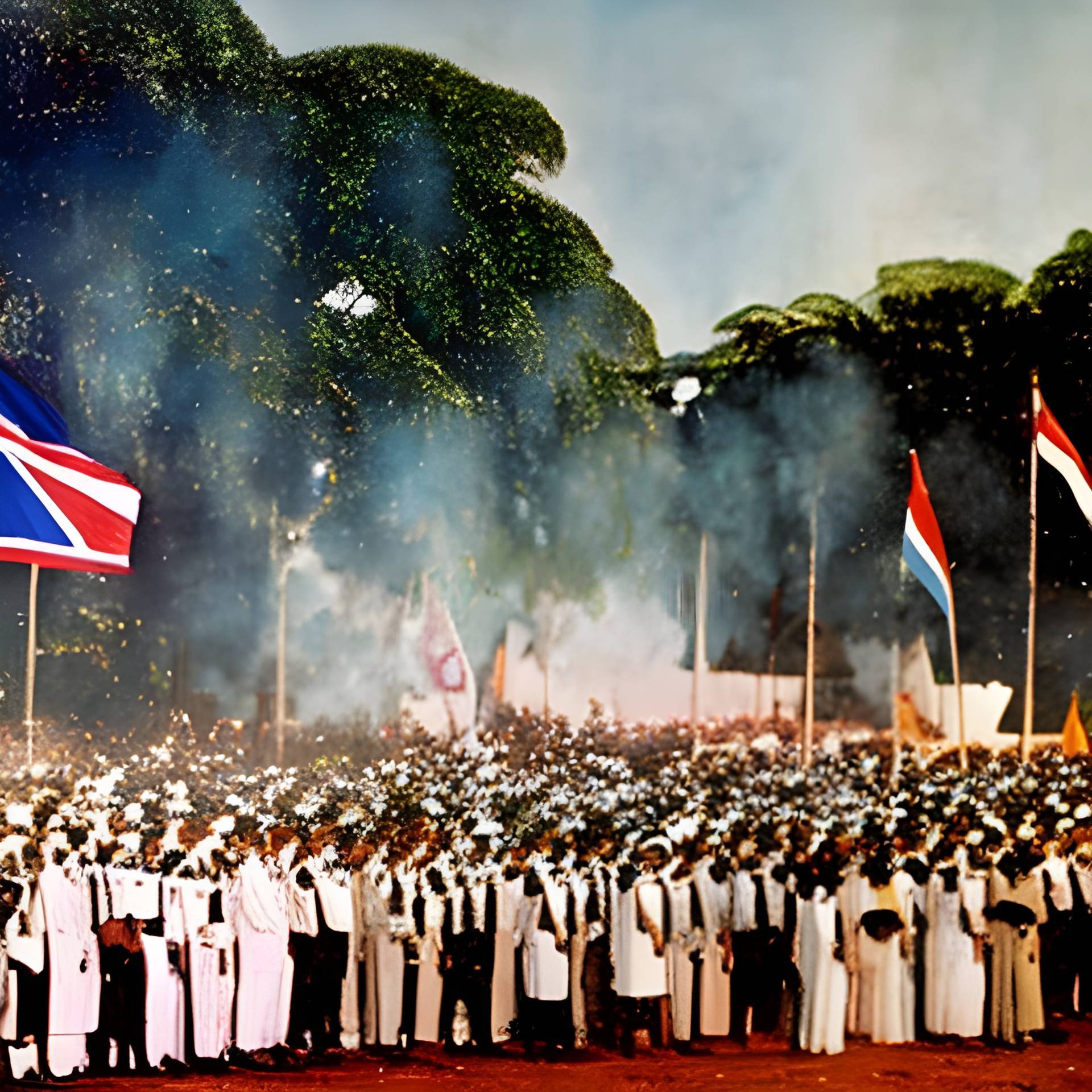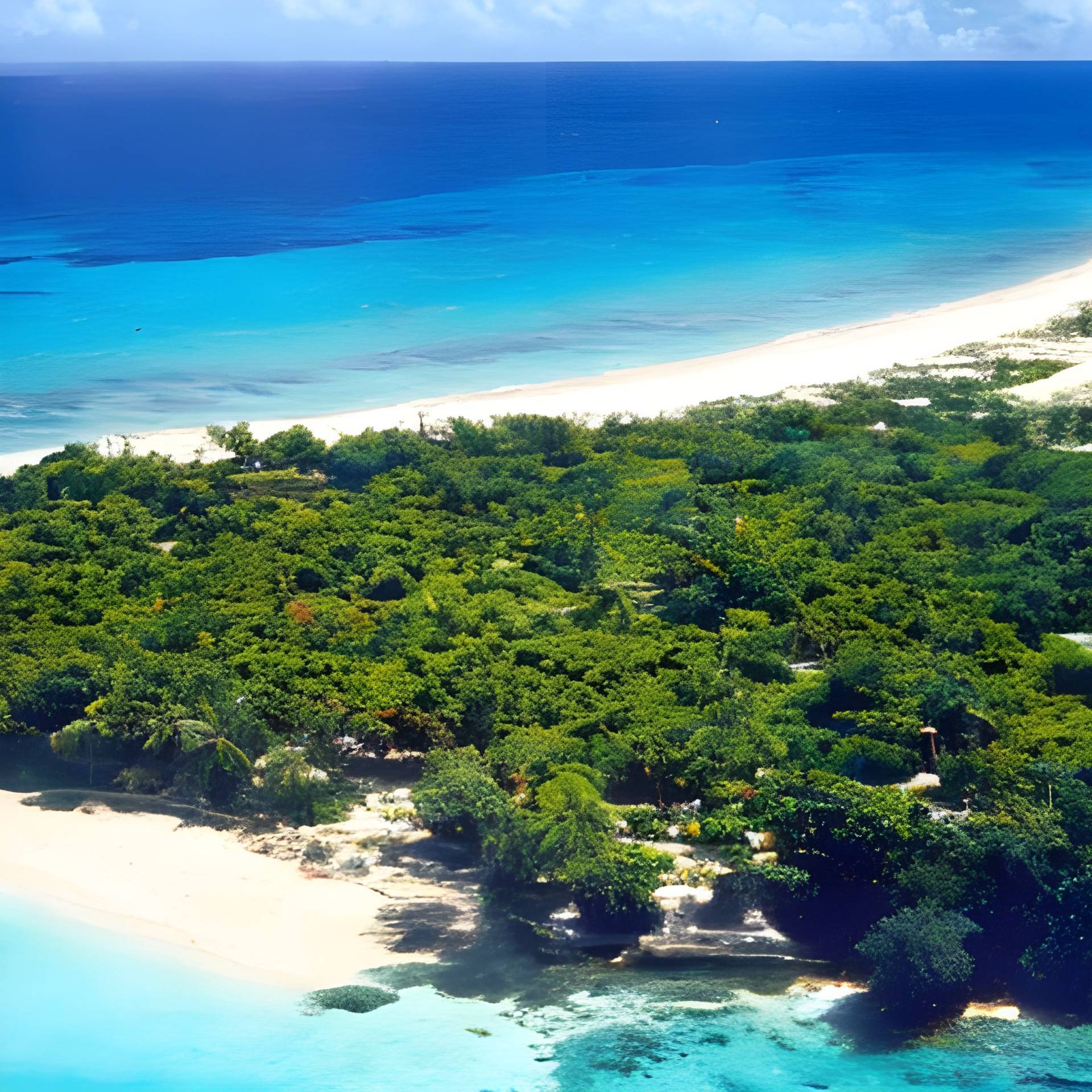Nauru is a small island nation in the Pacific Ocean, with a population of about 10,000 people. It is one of the youngest and smallest countries in the world, having gained its independence in 1968. But how did this tiny island become a sovereign republic? What were the historical forces that shaped its destiny? And what can we learn from its experience as humanists who value freedom, dignity and justice for all people?
A Pleasant Island
The first recorded contact between Nauruans and Europeans was in 1798, when a British whaling ship named Hunter sailed past the island and named it Pleasant Island. The captain, John Fearn, was impressed by the island’s beauty and the friendly attitude of the natives, who came out in canoes to greet the ship.
For the next century, Nauru remained largely isolated from the outside world, except for occasional visits by whalers and traders who exchanged goods with the islanders. The Nauruans lived in harmony with their environment, subsisting on coconut, pandanus fruit and fish. They had a matrilineal society, divided into 12 clans or tribes, each with its own chief and land. They also had a rich culture and oral tradition, expressed through songs, dances and legends.
A Colonial Prize
However, Nauru’s peaceful existence was disrupted by the arrival of colonial powers in the late 19th century. In 1888, Germany annexed Nauru as part of its New Guinea Protectorate, claiming it as a strategic outpost for its expanding empire. The Germans imposed their authority over the islanders, who resisted and rebelled against the foreign rule.
In 1900, a British company discovered phosphate on Nauru, a valuable mineral used as fertilizer and explosives. Phosphate mining began in 1906, with Britain sharing the profits with Germany. The mining industry transformed Nauru’s economy and society, bringing wealth and employment to some, but also environmental degradation and social disruption to others. The islanders lost much of their land and traditional way of life to the mining operations, which covered more than 80% of the island’s surface.
In 1914, at the outbreak of World War I, Australia seized Nauru from Germany and occupied it until 1919. After the war, Nauru became a League of Nations mandate territory under the joint administration of Australia, Britain and New Zealand. The three countries continued to exploit Nauru’s phosphate resources for their own benefit, paying little attention to the welfare and rights of the Nauruan people.
A War Zone
Nauru’s fate took a tragic turn during World War II, when it was invaded by Japan in 1942. The Japanese forces subjected the islanders to brutal oppression and forced labor. They also deported about 1,200 Nauruans – two-thirds of the population – to Micronesia as slave workers for their war effort. Many of them died from starvation, disease or bombing.
After the war ended in 1945, the surviving Nauruans returned to their devastated homeland on January 31st 1946 – a date that is now celebrated as Nauru Independence Day. They found their island scarred by war and mining, with little hope for recovery. They also faced renewed colonial domination by Australia, which resumed control of Nauru under a United Nations trusteeship agreement. Australia promised to promote Nauru’s economic and social development and prepare it for self-government, but in reality it pursued its own interests and neglected its obligations to the Nauruan people.
A Struggle for Freedom
In the 1950s and 1960s, a series of developments sparked a movement for independence among the Nauruan people. They became aware of their rights as human beings and citizens through education, exposure to international media and contact with other decolonizing nations. They also witnessed the rise of nationalism and democracy in neighbouring countries such as Fiji and Papua New Guinea. They realized that they deserved better than being exploited and oppressed by foreign powers.
They began to demand more autonomy and control over their own affairs, especially their phosphate industry and revenues. They formed political parties and organizations to represent their interests and aspirations. They challenged Australia’s authority and policies through legal actions and protests. They negotiated with Australia and other countries for more favourable terms and conditions for their future status.
In October 1967, an agreement granting Nauruan independence was concluded between Australia and Nauru’s elected representatives. The agreement recognized Nauru’s sovereignty and ownership of its phosphate resources. It also provided for financial compensation for past damages caused by mining and war.
On January 31st 1968, Nauru officially became an independent republic within the Commonwealth of Nations. Its first president was Hammer DeRoburt, a former teacher who led the independence movement. The new nation adopted a flag that featured a 12-pointed star representing its 12 clans or tribes.
A Humanist Lesson
The independence story of Nauru is a remarkable example of human resilience and courage in the face of adversity. It shows how a small group of people can overcome oppression and injustice by asserting their dignity and rights as human beings.
It also illustrates some of the challenges and dilemmas that humanists face in today’s world: How can we balance economic development with environmental protection? How can we promote democracy and human rights without imposing our values on others? How can we foster cooperation and solidarity among diverse cultures and nations?
As humanists who value freedom, dignity and justice for all people, we can learn from Nauru’s experience and support its efforts to achieve peace and prosperity for its people.
References
– https://en.wikipedia.org/wiki/Nauru
– https://en.wikipedia.org/wiki/History_of_Nauru
– https://www.bbc.com/news/world-asia-pacific-15433901
– https://www.britannica.com/place/Nauru/History
– National Today. https://nationaltoday.com/nauru-independence-day/
Bibliography
– Connell J (2012) *Nauru: The First Failed Pacific State?* The Round Table: The Commonwealth Journal of International Affairs
– Gowdy J (2005) *Toward an Experimental Foundation for Benefit-Cost Analysis* Ecological Economics
– Hughes H (2004) *From Riches to Rags: What are Nauru’s Options And How Can Australia Help?* Centre for Independent Studies
– Pollock NJ (1995) *Echoes Of The Past: Tales Of Old Yaren And Meneng* Institute Of Pacific Studies
– Tsamenyi M et al (1999) *Nauru: Environmental Damage Under International Trusteeship* Oxford University Press
Tags
Divi Meetup 2019, San Francisco
Related Articles
Unappreciated Greatness
Life and Legacy of Jahangir of the Mughal Empire. Jahangir ruled over one of the largest empires in human history during his lifetime, yet few people outside of South Asia have heard of him. I aim to shed light on the life and legacy of this remarkable figure,...
The Plague Doctor’s Diary
A Personal Account of the Turin Epidemic of 1656. I am writing this diary to record my experiences and observations as a plague doctor in Turin, the capital of the Duchy of Savoy, during the terrible epidemic that has afflicted this city and its surroundings since the...
The Timeless Beauty of Bustan
Unveiling the Secrets of Saadi Shirazi's Masterpiece.In the realm of Persian literature, few works have captured the essence of love, spirituality, and morality quite like Bustan (The Orchard) by Saadi Shirazi. This 13th-century masterpiece has left a lasting impact...
Stay Up to Date With The Latest News & Updates
Explore
Browse your topics of interest using our keyword list.
Join Our Newsletter
Sign-up to get an overview of our recent articles handpicked by our editors.
Follow Us
Follow our social media accounts to get instant notifications about our newly published articles.









